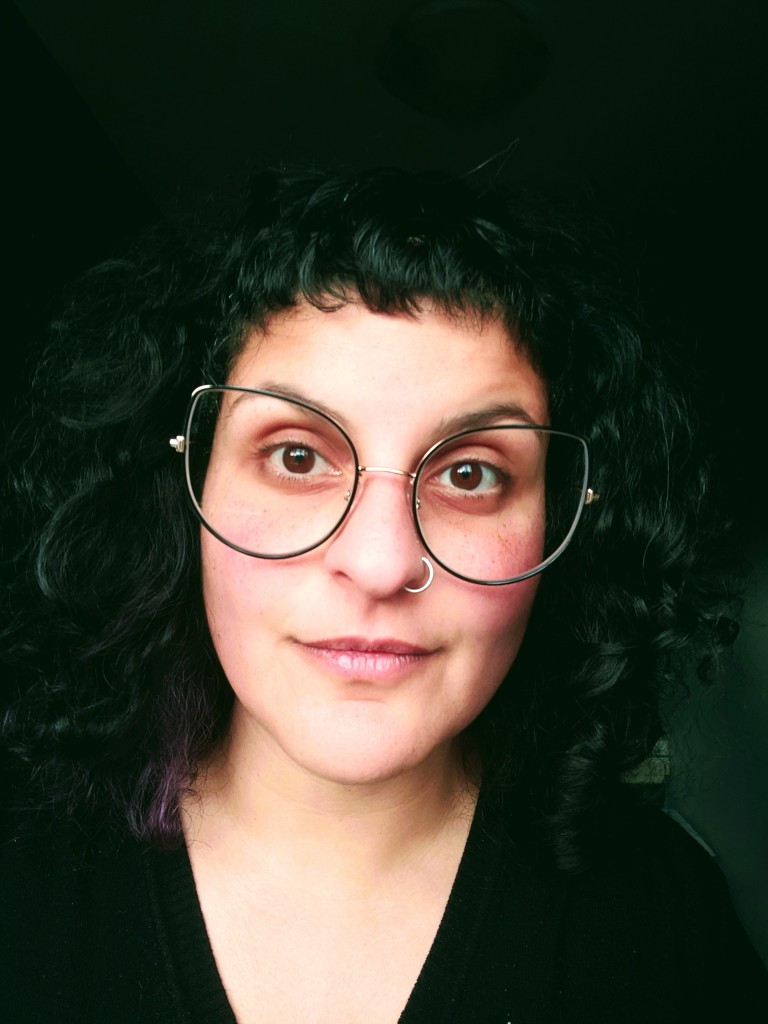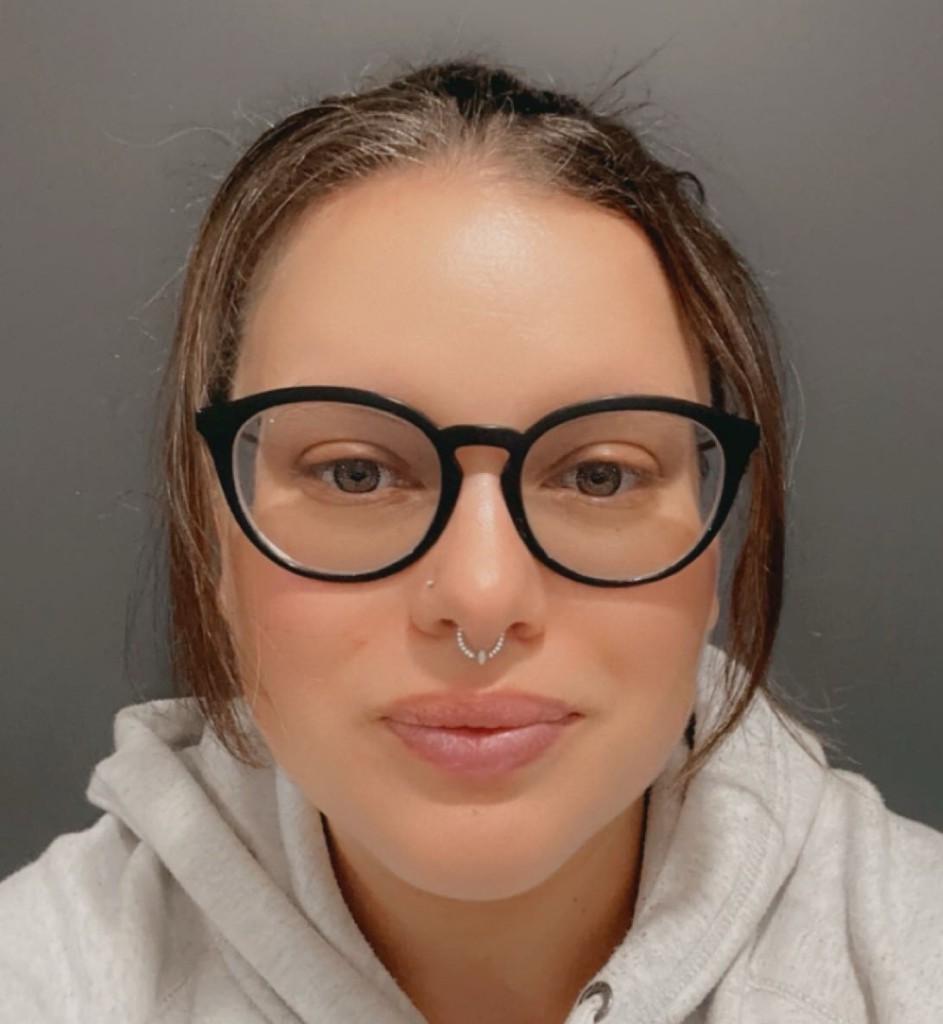In this series, editors share their experiences, insights, and tips on the practical aspects of working as an editor. In some of our previous “Editors Advise” instalments, our contributors have shared their thoughts on various topics, including finding in-house work and editorial niches. For this edition, five editors share with us their go-to inclusive (and/or conscious) language resources, both in print and online. (As you may notice, several style guides have proven extremely popular! Which other inclusive style guides are your favourites? Let us know!)

What are your go-to inclusive (conscious) language resources, in print and online?
Fazeela Jiwa (she/they), acquisitions and development editor at Fernwood Publishing
So many! I will list a few below, but I just want to note that all of this advice is, of course, context dependent, and editors have to make conscious choices with the information in any style guide. One of the most interesting things about being an editor is making language choices that both prevent harm and affirm the reader, while respecting the author’s desired voice and style. I also want to give a shout-out to The Festival of Literary Diversity (FOLD) and Editors Canada conferences, which for the past several years have hosted really excellent and thoughtful workshops on aspects of conscious editing.
- Rabbit with a Red Pen
- The Radical Copyeditor
- Elements of Indigenous Style
- GLAAD Media Reference Guide
- Race Forward’s Race Reporting Guide
- Conscious Style Guide
- Glossary of Ableist Phrases
- Sex Work Style Guide
- A Progressive’s Style Guide
- The Diversity Style Guide
- National Disability Rights Network’s Guidelines for Reporting and Writing about People with Disabilities
- National Center on Disability and Journalism’s Disability Style Guide
- Autism Canada’s Words Matter
Erin Della Mattia, freelance children’s book editor
I feel like some of us will be sharing the same resources, but let’s dive in anyway! Editors like Crystal Shelley (a.k.a. Rabbit with a Red Pen) and Alex Kapitan (a.k.a. The Radical Copyeditor) both offer wonderful blog posts about language use. I especially like how Alex discusses how we can prioritize care over correctness in language use.
Another great resource is the Conscious Style Guide and newsletter founded by Karen Yin. Personally, I find that I access the newsletter more often than the website. The monthly-ish newsletter is a roundup of notable articles about language use from newspapers, blogs, and other platforms. Whenever the latest newsletter comes in, I will usually start my editing day by checking out some of the articles. It’s a great way to get my editorial brain flowing.
Possibly my favourite “resource” is the FOLD. Since going virtual/hybrid in 2020, the annual Festival of Literary Diversity has featured events about publishing and editing. Two standouts for me were Andrea Bennett’s “Anti-Oppressive Copyediting” workshop in 2021 and the “Sensitivity Reads and Conscious Editing” roundtable in 2023. Such events are great for writers and editors alike because the presenters discuss conscious language and editing practices from a welcoming and positive perspective, as opposed to a fear-based or cautionary perspective. Some writers and editors are likely afraid of delving into conscious language out of concern for doing things wrong, which is understandable. But that makes it all the more important to have resources and workshops that put the emphasis on care instead of fear.
Berna Ozunal, Ottawa-based certified professional editor, editing instructor at George Brown College Continuing Education, and co-chair of the standards committee
I’m sure others will mention Conscious Style Guide, which is one of my first go-tos. It’s where the term conscious language comes from, after all. I’ve preordered the book that will be coming out soon. I also highly value The Radical Copyeditor for guidance and knowledge in conscious language. One resource that may not be as widely known is Interpol’s Appropriate Terminology guide related to the protection of children; this is invaluable if you’re working with any such language. See also the Luxembourg Guidelines. I also value Crystal Shelley’s Rabbit with a Red Pen site. I appreciate her views on authenticity reading, and I think her site is a great resource for conscious language, as well as many other topics. I use APA style a lot in my work, and the American Psychological Association has an Inclusive Language Guide that I also consult.
Emily Faubert (she/they), student, writer, and freelance editor
What a great question! As I’m in the process of moving, I’ve been using mainly online resources: The University of Arizona Antiracist Language Guide has a list of common words and phrases with research into their racist roots, and anti-racist alternatives. Simon Fraser University’s Inclusive Language Portal has tons of resources on neurodiversity, race, and gender identity. I also consult The Bureau of Internet Accessibility’s Style Guide for Disability-Focused Content, which lays out when it might be most appropriate to use person-first or identity-first language (but it’s still always best to ask the person you’re describing!). The Diversity Style Guide is an enormous online database that brings together multiple style guides alongside research-based explanations to cover topics with care, originally intended for journalists and media workers. Rabbit with a Red Pen has an excellent blog post outlining the process of looking for the intention and context of language, as well as related resources. The Radical Copyeditor has an awesome Transgender Style Guide, as well as some fantastic advice that is echoed across these resources: style guides are not a stand-in for relationships. In terms of books, I use Dr. Gregory Younging’s Elements of Indigenous Style, and I’m looking forward to Karen Yin’s Conscious Style Guide, set to be released this May!
Tali Ijack (she/her), freelance editor and writer
As an editor, I always stress the importance of inclusive and conscious language in making materials accessible to a wider audience. People shape language and determine how it is used, so why not use it to include and respect everyone? I use several great resources to stay up to date with conscious language practices and educate myself, but first I must state that no resource is better than people. What better way is there to understand how different people should and should not be spoken about than finding out from the people themselves? Read diversely. Read non-fiction and articles from people who experience life differently than you and be open to the information that is being provided. Talk to people and respect their preferences and lived experiences. When I am writing or editing, I use a couple of great online resources for guidance: Conscious Style Guide is a free, searchable, comprehensive guide that provides articles, tips, and additional resources by topic. Disability Language Style Guide is a free guide that is available in multiple languages and conforms to AP style, offering alternatives for ableist language. Guidelines for Inclusive Writing is a resource offered by the Government of Canada in both English and French to explain gender-inclusive writing and provides resources, glossaries, and a quick reference sheet. Online resources are best when they are being regularly updated. As we progress to a more inclusive society, our language changes to reflect our progress. Please make sure to check any resource to see when it was last updated and follow the most current guidelines available.
This article was copy edited by Ambrose Li, a freelance copy editor based in Toronto.





